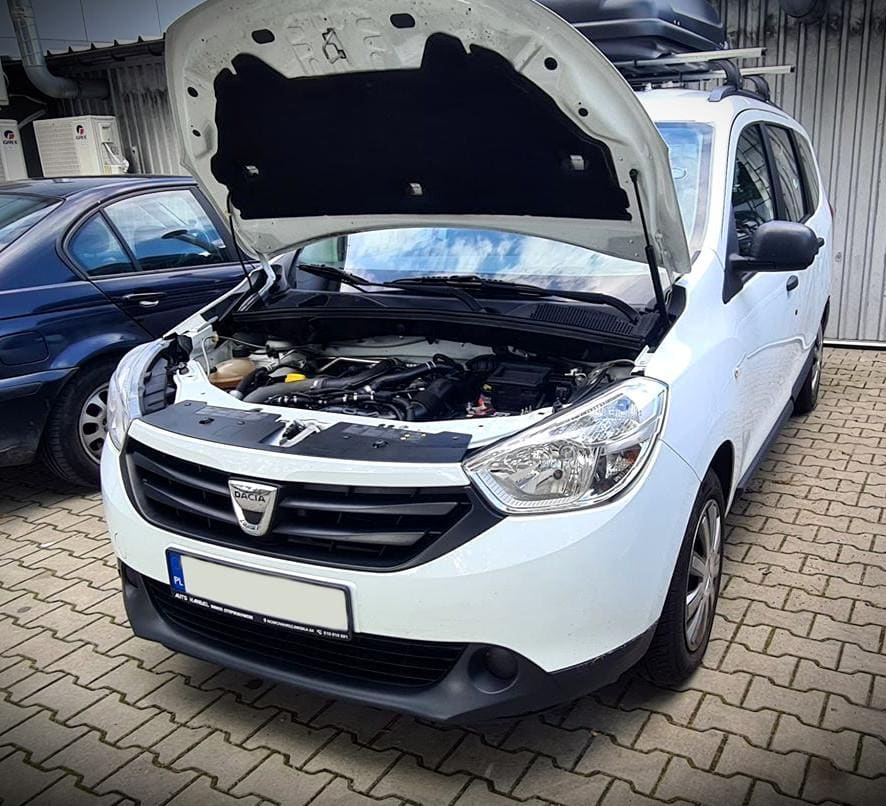Most common LPG installations problems

For several months, we have been observing a rapid increase in the installation of gas installations in cars, which is related to the high prices of gasoline and diesel fuel. Modern LPG installations are technologically advanced systems which, with appropriate service and culture of operation, are characterized by a very low failure rate. However, as with any automotive system, it is important to be aware of the symptoms that may indicate certain malfunctions. We explain what are the typical faults of LPG systems in cars, how to prevent and remove them, and whether it is seriously the fault of LPG.
Advantages of gas-powered cars
Installing an autogas system is one of the ways to reduce fuel costs and reduce the cost of daily car operation. The differences between the price of crude oil and gasoline and gas are significant, which means that we are willing to buy cars with factory LPG installations and decide to install cylinders in our vehicles. This solution has numerous benefits for the user of the vehicle and the natural environment. Knowing what LPG system failures may happen to us, it is easier to recognize the “symptoms” of the defect. Autogas-powered vehicles are a good choice for many reasons, but we must properly care for the technical condition of LPG installation. This is the basis if we want to enjoy safe driving and avoid large expenses for repairing the vehicle.
Frequent faults of the Gas System in cars
Many faults in an LPG-powered car do not always mean that it is the fault of the gas installation. Problems with LPG are very often revealed much earlier than with petrol.
One of the most common problems that is directly related to the LPG installation in a car is the failure of the ignition system. The most common cause is a faulty ignition system or poorly performed (or missing) LPG system adjustment, damaged / dirty LPG injectors or a faulty one of the car’s components responsible for the mixture formation (e.g. lambda probe). All these factors have a huge impact on the operation of the gas installation.
The ignition system consists of a set of elements: a spark plug, a coil, and ignition wires. If at least one of them is damaged, we will feel it when working on gas. The mixture of air and gas ignites more difficult, which is why we often hear “it’s good with gas, it jerks with gas”. If the problems start when running on LPG, they will soon start to appear also on gasoline. It should also be mentioned that each component of the ignition system interacts with each other and if we do not replace the one that does not require timely, the next ones may be damaged.
Leaks are also a common fault in LPG installations. This is a serious problem that may be related to, for example, the recent cullet, as well as the lack of proper care for the components of the gas installation. If we start to smell the characteristic gas scent in the vehicle, it is necessary to go to a mechanic or service and check the tightness of the entire installation. The smell of gas inside the car must not be underestimated – although it does not always indicate a failure of the gas system, it may also indicate faults related to the exhaust system, which may be caused, for example, by the destruction of its components by corrosion. A visit to a mechanic will allow you to discover the source of the problem and effectively remove any possible threat, restoring the vehicle to its former efficiency.
Petrol System failure
Do we have the right amount of gasoline in the tank and the car won’t start? Most likely the fuel system has failed. Fortunately, all ALEX installations have the option of an emergency engine start on gas.
Emergency start of the engine on LPG [MANUAL]
- Insert the key into the ignition switch without turning it.
- Press the switchboard button (petrol / gas switch) and while holding it, turn the key to switch on the ignition.
- Release the switchboard button only a few seconds after switching on the ignition. Do not abuse this procedure – it is only intended for emergencies.
LPG system failure
The first symptom that indicates a problem with the LPG installation is that the LEDs in the switchboard go out. This means that the system has been de-energized. It is best to go to a repair shop right away to find and repair the fault. However, if we do not have such a possibility or we are, for example, traveling, it is worth starting with checking the fuses. If we have the installation manual with us, locate the fuses. If they are not damaged or if their replacement still does not eliminate the problem, continue driving on gasoline and go to an LPG workshop.
Kierowcy korzystający z pojazdów na gaz dość często narzekają także na zmniejszenie się osiągów samochodu. Nie jest to skutek uboczny montażu instalacji gazowej – poprawnie dobrana, zamontowana i skalibrowana instalacja LPG nie pogarsza osiągów samochodu, dlatego i w tym przypadku trzeba poradzić się doświadczonego mechanika. Najczęściej słabsze osiągi samochodu związane są z awarią reduktora lub zużyciem filtra gazu, a także nieprawidłową kalibracją instalacji gazowej.
Drivers using gas-powered vehicles quite often also complain about the reduction in car performance. This is not a side effect of the gas installation – a correctly selected, installed and calibrated LPG installation does not deteriorate the car’s performance, so you need to consult an experienced mechanic in this case as well. Most often, the poorer performance of the car is associated with a failure of the reducer or wear of the gas filter, as well as incorrect calibration of the gas system.
Summary
Remember, the installation has been installed in a specialized workshop that will offer original components. Correct and accurate LPG installation requires specialist intervention in the car’s factory systems. Sloppy, quick installation of the system can seriously affect the car itself and / or its gas operation. A well-chosen and properly installed in a technically efficient car, the gas installation does not damage the car, just like an efficient electrical installation does not cause a house fire.
The correct operation of the gas system largely depends on the regular inspection and self-inspection of the vehicle’s technical condition by the owner. A properly maintained LPG installation will be better protected in the event of possible failures and faults, and thus will protect us from the need to make costly repairs. In addition, thanks to the systematic supervision of the installation, we will also provide greater comfort for both ourselves and passengers.

